A few days ago, eBird India passed 50,000 bird photos, uploaded since the media feature was implemented back in November 2015. This means that, on average, over 100 photos per day of Indian birds have been uploaded over the past year — a rate that is perhaps not comparable with the large Facebook groups focussed on Indian birds, but very respectable nevertheless.
How does having these photos on eBird help? For one, they often provide useful documentation of rare and unusual sightings. For examples, it’s partly thanks to the extensive photo documentation available that this year’s massive passage migration of Common (Eurasian) Cuckoos through India has become clear.
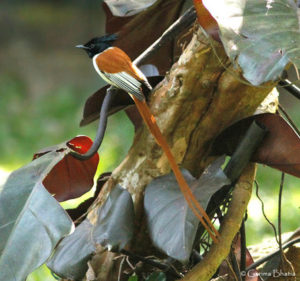
Intermediate plumaged male Indian Paradise-Flycatcher. By Garima Bhatia, from this checklist.
In addition, the existence of a large number of images that are tagged by species name, date, and location (latitude and longitude) opens up new possibilities to explore geographical distribution, plumage variation, and more. For example, everyone knows about the brown and the white ‘morphs’ of male Indian Paradise-Flycatchers. But many of us have also come across males of intermediate plumage, with a mixture of brown and white. How common are these intermediates? Do they have some geographic or seasonal pattern? Do take a look at the photos and see!
Do you have more ideas about how the photos on eBird can be used to find out new things about Indian birds? Do drop a note in the comments.
And don’t forget that there are also over 2,000 sounds recordings of birds, and more being added every day. Do add your own if you record bird sounds. Here is more detail on adding photos and audio to your eBird checklists.

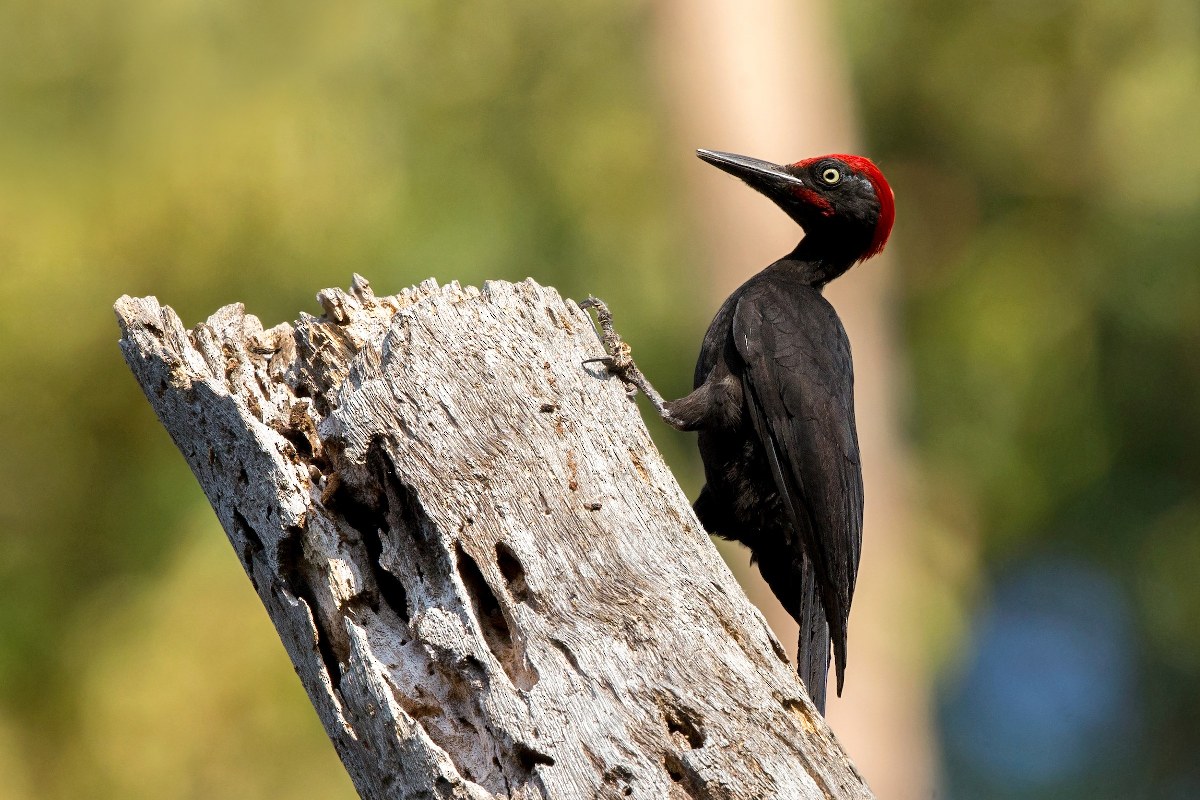
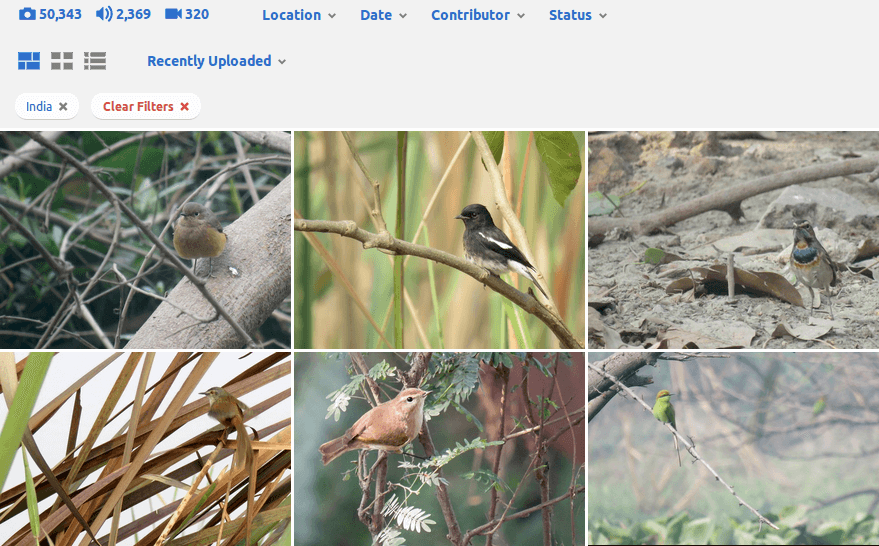
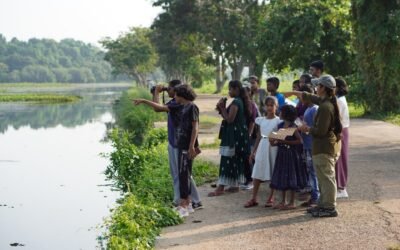
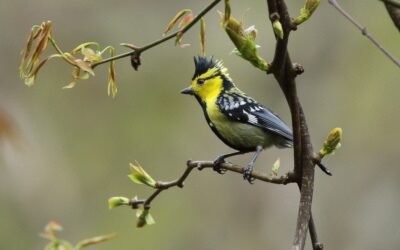
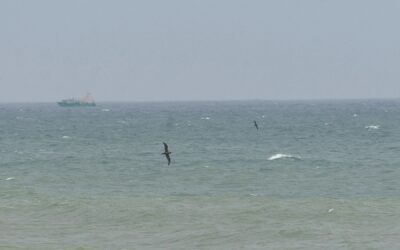
Dear E birders,
It is great ! I appreciate.
Wish you all a Merry Christmas and a Very happy New Year.
Shaju Thomas